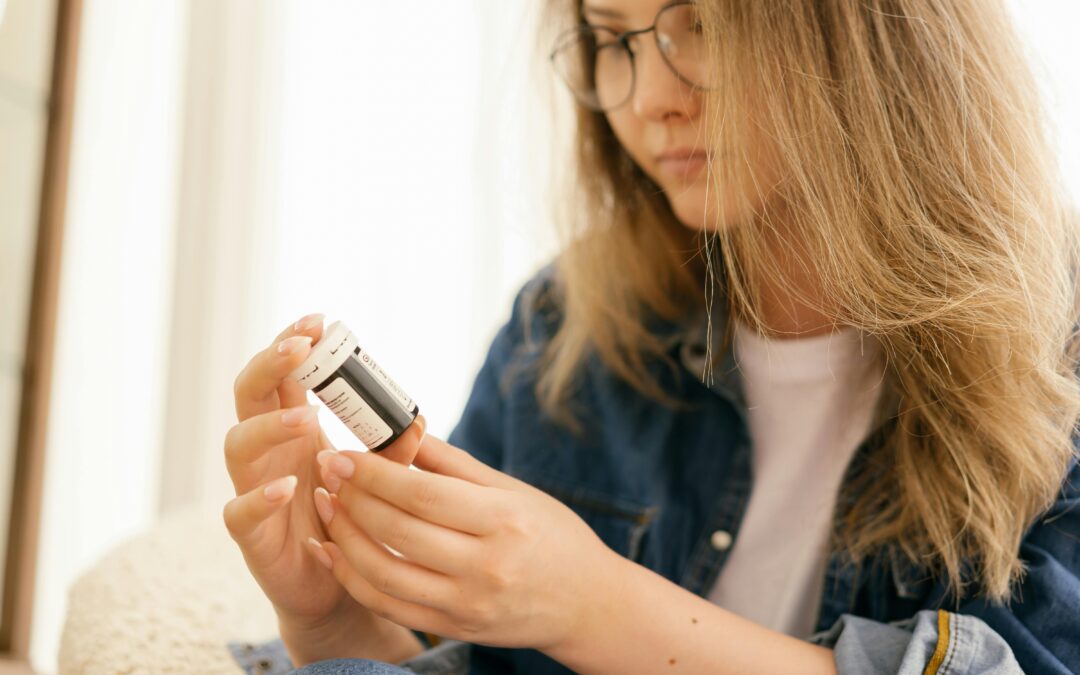June 2, 2024
By Jena Johnson
Recently, the topic of the abortion pill has resurfaced in media discussions. This renewed attention is driven by several factors, including a newly published study and recent legislative efforts.
To better understand both sides of the conversation, I listened to two recent podcast episodes offering different perspectives and these are my takeaways.
The first episode, published by Science Vs., is titled The Abortion Pill: How Dangerous Is It Really? The host introduces the topic, aiming to clarify common misconceptions about the pill. The episode features an interview of one woman’s abortion experience. She describes the painful process in detail, with interjections about how the pill mimics processes similar to a woman’s natural reproductive cycle.
Dr. Oskari Heikinheimo also joins as a guest to represent a scientific perspective based on his research of mifepristone (the first of two abortion pills prescribed). Dr. Heikinheimo references his research from 2000 when mifepristone was first legalized in Finland, the same year it was legalized in the United States. He states that 90% of abortions in the Nordic countries are chemical abortions (through the pill) but that if he “had any thought that we would be putting our young women into harm’s way by using medication abortion, we certainly wouldn’t be doing it.”
My concern is that in their efforts to demystify the pill, they failed to address the new findings on the dangers of the pill. As a woman, I finished the episode feeling urged to celebrate my easy access to abortion, feel reassured that a synthetic pill could painfully mimic what my body can “do on its own”, and rest knowing that data for decades has shown that this is a safe and important health care option for women.
Instead, I felt saddened and repulsed by the process of abortion described in the episode. But personal feelings alone make a poor argument against the abortion pill. Additionally, I recognize the difficult position some expectant mothers find themselves in—with no ability to care for a child, what choice do they feel they have?
I came across a different perspective in the Focus on the Family episode New Insights on the Dangers of the Abortion Pill. This episode centers on the belief that life is sacred by divine design and concerns for both women and babies should be considered in the discussion on the abortion pill.
Guest Dr. Bill Lile (OBGYN) breaks down the implications of the new study and what health risks women will actually face when using the abortion pill. The study analyzed data from 865,000 women, making it 28 times larger than the studies that backed the abortion pill’s initial approval. Its main finding is that the abortion pill is 22 times more dangerous than previously reported.
Dr. Lile highlights another significant finding: 3,000 women had ectopic pregnancies. He explains that ruptured ectopic pregnancies are the leading cause of death in first-trimester pregnancies. Since 1 in 100 women will experience an ectopic pregnancy, that means 1-2% of all pregnant women are at serious risk—a risk for which the abortion pill is neither safe nor effective.
Dr. Lile worries the political debate around abortion overshadows the real issue: the importance of providing women with real, comprehensive health care, instead of dispensing abortion pills in bulk to women without the supervision and care of a doctor.
Another point mentioned was the economic argument. While abortion may seem less costly up front—only by about a million dollars—the long-term societal value of a child is significant. A single child is estimated to contribute $580,000 in taxes over their lifetime, not to mention the broader impact of their participation in the workforce and having a family of their own.
In this controversial topic, we may never reach agreement on when a baby’s life should be legally protected or what side effects qualify abortion procedures as too risky, but babies are a blessing in so many ways. It is a sacrifice for any mother to carry and deliver a baby, and abortion does offer an easy out. But why not bless the lives of an adopting couple? Help the economy? Protect life? Expecting mothers should have better resources and options other than risking their health to terminate their pregnancy. My hope is that as a society we are increasingly improving our ability to help both moms and babies have a high quality of life, with the support they need to thrive.


